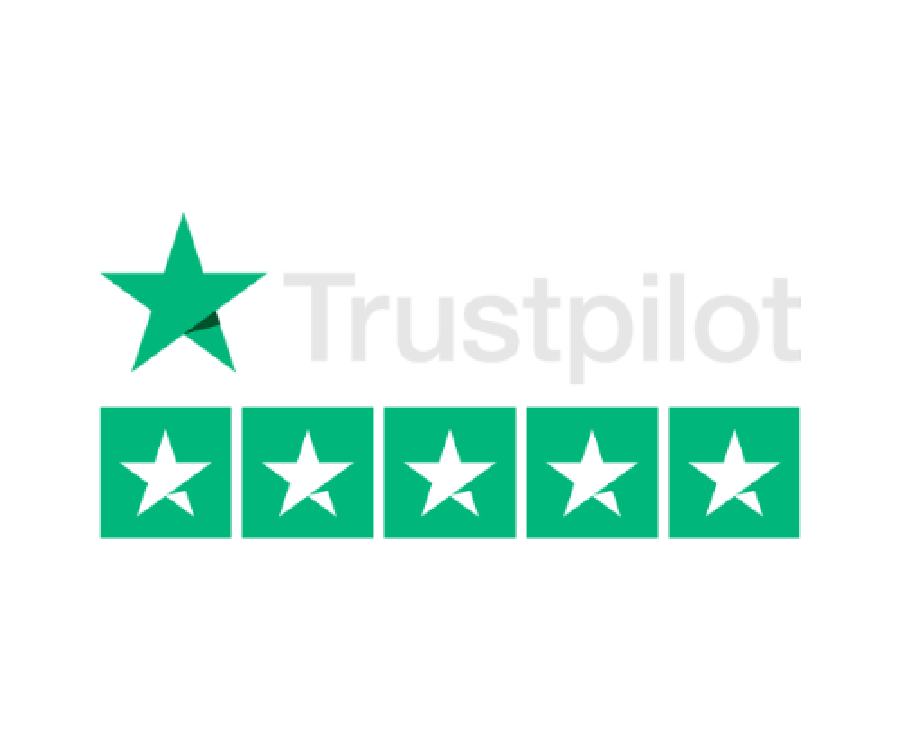Term: Call to Action (CTA)
Definition: A call to action (CTA) is a prompt or directive that encourages a user to take a specific action, typically in the form of a button, link, or text.
Expanded explanation: In the context of digital marketing, CTAs are used in various marketing materials, such as websites, landing pages, emails, and advertisements. They guide users through the desired conversion path and can have different purposes, such as signing up for a newsletter, downloading a resource, or purchasing a product. A well-designed CTA can improve user engagement and conversion rates.
Benefits or importance:
- Increases user engagement: CTAs encourage users to interact with marketing materials, leading to higher engagement levels.
- Drives conversions: By guiding users through the conversion funnel, CTAs can directly impact a campaign’s conversion rate.
- Improves user experience: Clear and well-placed CTAs help users navigate a website or marketing material more easily, contributing to a better overall experience.
Common misconceptions or pitfalls:
- Assuming that any CTA will work: Not all CTAs are equally effective. It’s crucial to create compelling and relevant CTAs tailored to the target audience and marketing objectives.
- Overloading users with multiple CTAs: Presenting users with too many CTAs can be overwhelming and may dilute the effectiveness of the primary CTA.
Use cases:
- Email marketing campaigns: CTAs can encourage recipients to click through to a landing page or make a purchase.
- Landing pages: A well-designed CTA can guide users to complete a desired action, such as signing up for a webinar or downloading a white paper.
- Website homepages: CTAs can direct users to explore specific sections of a website or take specific actions like requesting a quote or booking a consultation.
Real-world examples:
A CTA in the form of a button encouraging users to sign up:
<a href="https://example.com/signup" class="cta">Sign Up Now!</a>
A CTA prompting users to download a free resource:
<a href="https://example.com/download" class="cta">Download Our Free Guide</a>
A CTA inviting users to book a consultation:
<a href="https://example.com/contact" class="cta">Request a Consultation</a>
Best practices or tips:
- Use clear, concise, and action-oriented language: Make it easy for users to understand what they need to do and the benefits of taking action.
- Make your CTA stand out: Use contrasting colors, whitespace, and font sizes to ensure that your CTA is visually distinct from other elements on the page.
- Test and optimize: Regularly test different CTA designs, copy, and placements to determine which variations perform best and optimize accordingly.
Limitations or considerations: While CTAs can significantly improve user engagement and conversions, they should be used strategically and thoughtfully. Overusing or poorly designing CTAs can have negative effects on user experience and campaign performance.
Comparisons: CTAs are often compared to other user interface elements like navigation menus and buttons. However, CTAs are specifically designed to prompt users to take a particular action related to a marketing goal.
Historical context or development: The concept of a call to action dates back to traditional advertising and marketing. With the growth of digital marketing, CTAs have evolved to become an essential component of website design, email campaigns, and online advertising.
Resources for further learning:
- 25 Call-to-Action Examples You Can’t Help But Click
- The Definitive Guide to Crafting Winning Calls to Action
Related services:
- Landing Page Design
- Email Marketing
- Conversion Optimisation
- Web Design
- Web Development
Related terms: Conversion Rate Optimization (CRO), User Experience (UX), Conversion Funnel








